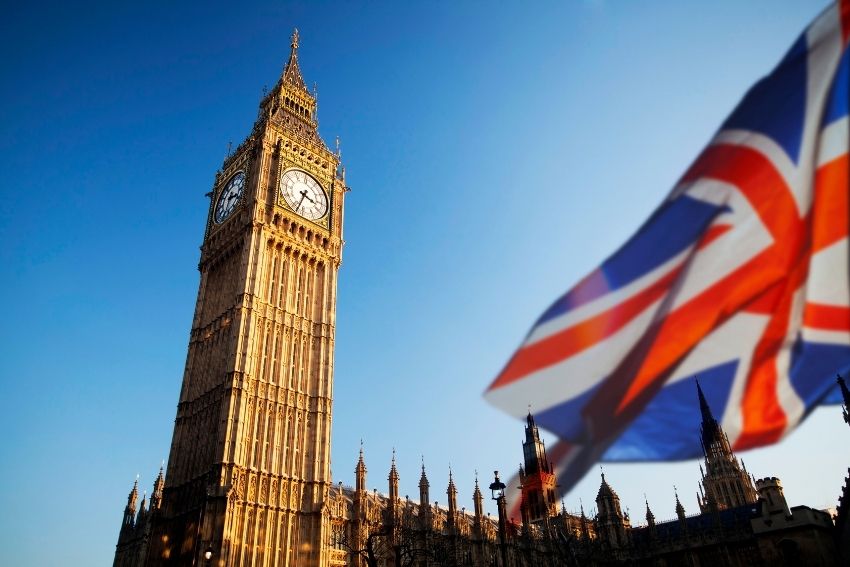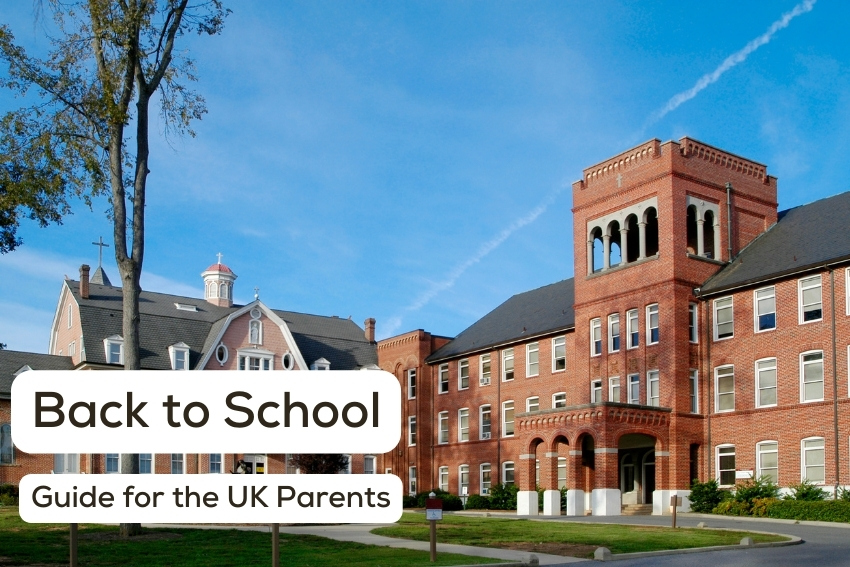If you’re a parent, you’ve likely heard of the UK National Curriculum, but what exactly does it mean for your child?
Simply put, it’s the learning framework followed by most schools in England. It sets out which subjects children learn and what standards they should meet at different ages.
The curriculum covers ages 5 to 16 and is divided into stages called Key Stages. Each stage has clear goals, including progress in core areas like English, maths, and science.
Reading is a big focus throughout. The national curriculum reading levels UK help track how well children understand what they read. These levels are grouped into bands that show expected progress at each stage.
As a parent, knowing how the curriculum works can help you support your child’s learning more effectively.

Key Stages Explained
The UK National Curriculum is divided into phases called Key Stages. Each one matches your child’s age and school year.
Here’s how they’re broken down:
- Key Stage 1 – Years 1 and 2 (Ages 5–7)
- Key Stage 2 – Years 3 to 6 (Ages 7–11)
- Key Stage 3 – Years 7 to 9 (Ages 11–14)
- Key Stage 4 – Years 10 and 11 (Ages 14–16)
Each stage builds on the one before it. Your child’s knowledge and skills grow steadily as they move through school.
Understanding these stages helps you track what your child should be learning, and when.
National Curriculum Reading Levels UK
As a parent, it’s helpful to understand how your child’s reading is measured by the school system. The national curriculum reading levels UK are designed to track progress and spot where extra support might be needed.
Here’s a simple breakdown of the levels:
- Level 1 – Recognising familiar words and basic sentence structure
- Level 2 – Beginning to read simple texts with support
- Level 3 – Reading more fluently and understanding what they read
- Level 4 – Reading confidently and starting to read between the lines
- Level 5 – Handling complex texts with strong understanding
- Level 6 – Showing advanced skills like analysis and evaluation
These levels are grouped into bands that match your child’s year group. Teachers use them to guide learning and plan next steps. As a parent, knowing these levels can help you follow your child’s reading journey more closely.
Assessment and Progress Tracking
As a parent, it’s natural to wonder how schools keep track of your child’s progress. The national curriculum includes regular checks to see how well students are doing.
Here are the main types of assessments your child may take:
- Phonics Screening Check – This happens in Year 1 and checks your child’s ability to sound out and read words.
- SATs (Standard Assessment Tests) – These are taken at the end of Key Stage 1 (Year 2) and Key Stage 2 (Year 6). They measure progress in English and maths.
- Teacher Assessments – These happen throughout the year and help teachers understand how well your child is learning.
These assessments aren’t just about scores. They help schools spot areas where extra support might be needed and ensure your child is on track at each key stage.
Subjects Covered in the Curriculum
The UK National Curriculum includes a wide mix of subjects to give your child a balanced and well-rounded education. Here’s how they’re grouped:
| Subject Type | Subjects Included |
| Core Subjects | English, Maths, Science |
| Foundation Subjects | History, Geography, Art & Design, Music, PE (Physical Education), Computing, Design & Technology, Modern Foreign Languages (from Key Stage 2) |
Each subject plays a part in helping your child build knowledge, confidence, and life skills. As a parent, knowing what’s covered can help you support learning at home too.
Conclusion
The UK National Curriculum is there to guide your child’s learning from their first years in school to their final exams. By understanding the key stages, reading levels, and what’s taught at each stage, you’re in a stronger position to support your child’s progress.
If you feel your child needs extra help, don’t worry, you’re not alone. Online tutors who understand the curriculum can make a big difference, offering personalised support when it’s most needed.
Keep encouraging your child, stay involved, and remember, your support at home makes a lasting impact on their education.
FAQs:
What is the National Curriculum UK?
The National Curriculum is a government-set guide for what children in England should learn in school. It covers subjects, learning goals, and standards from ages 5 to 16.
Do all schools in the UK follow the national curriculum?
Not all. State schools in England must follow it. However, academies, free schools, and schools in Scotland, Wales, and Northern Ireland may follow different frameworks.
Who sets the National Curriculum UK?
The Department for Education (DfE) sets and updates the curriculum in England. The government decides what’s included and when changes are made.
When was the National Curriculum first introduced in the UK?
The national curriculum was first introduced in 1988 under the Education Reform Act. It was created to make education more consistent across all schools.








